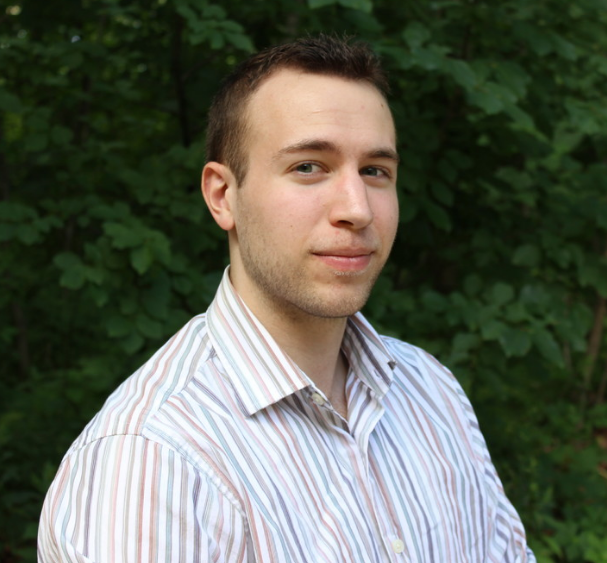The United States is currently facing a critical shortage of doctors and nurses. A shortage of more than 120,000 physicians is expected by the year 2030. The shortage is already affecting cities across the world, but rural populations are struggling most.
Rural communities struggle most with the doctor shortage partly due to a lack of new medical school students from rural areas. Vnews.com discusses data from an important study that shows the decline in rural student enrollment.
According to the study, between 2012 and 2017, enrollment in med school by students from rural communities declined by 28% while positions in medical schools grew by more than 30%. The study concluded that more effort should go into increasing the number of med school students from rural backgrounds.
The leader of the study, Dr. Scot Shipman, pointed out that rural populations have higher rates of chronic illness and while life expectancy has risen in urban areas, it hasn’t risen in rural areas.
Studies have shown that when med school students graduate, they tend to return to their style of community to practice medicine. Few providers actively choose to practice in a rural area they’re unfamiliar with.
The best way to increase the number of medical providers in rural areas and improve patient outcomes is to entice more people from rural areas to enroll in med school. That sounds simple, but it’s not. People from rural areas face several challenges while attempting to enroll into med school including travel limitations, financial barriers, and family obligations. These challenges must be addressed.
Financial obstacles need to be eliminated
While some obstacles are easy to overcome with planning and a clever strategy, the most significant barrier to entry for aspiring practitioners from rural areas is the cost. Those who can’t afford to pay out of pocket and can’t afford a loan don’t have many options for financing their studies.
Med school tuition is expensive, although public med schools cost significantly less than private schools. Some public medical schools can cost $19,000 per year while private medical schools can cost an average of $57,506, according to US News & World Report.
Most med school students need to take out loans to cover tuition, and not everyone qualifies. However, the doctor and nurse shortage has led to a new trend where medical schools are eliminating tuition.
Free tuition is the fastest way to remove barriers
It’s hard to believe any medical school could offer free tuition to students, but it’s happening, beginning with New York University of Medicine.
For many young people, going into serious debt is a deal breaker. The New York University of Medicine knows about the doctor shortage and wants to reduce the burden of debt on those who aspire to become physicians.
In 2018, New York’s University of Medicine announced that all current and future MD program students will receive full scholarships. Formerly, tuition cost $55,018 per year, according to USA Today.
Years ago, another school decided to drop tuition for med school students one year. In 2008, the Cleveland Clinic Lerner College of Medicine at Case Western Reserve University decided to give all 32 students a free ride for the year. The institution noted debt as a major hinderance to medical careers. They wanted to give students a chance to choose an area of work based on their interests and not the need to pay off a large debt.
All students at the Cleveland Clinic are given a $23,000 stipend during their fifth year.
Some medical schools offer a paid medical education
Med school is hard and requires long hours of study, sometimes with little sleep. It’s difficult for anyone to hold down a normal job while attending med school, which makes becoming a doctor out of reach for people who can’t quit their job or acquire a loan to cover their expenses.
One federally funded medical school created a system where students are paid a salary while they’re in school. The F. Edward Hébert School of Medicine in Maryland pays students a minimum of $60,000 per year in return for their commitment to seven years of active duty (as a provider) in the armed forces once they graduate.
Other paid medical school opportunities are managed by the Health Professions Scholarship Program (HPSP). Under this program, prospective military physicians, dentists, nurses, psychologists, optometrists, and even veterinarians are paid for their education in exchange for their commitment to serving in the Army, Navy, or Air Force.
Can’t offer free tuition or paid education? There’s another solution
Offering free and paid tuition aren’t the only ways to attract more med school students from rural areas. Sometimes it’s not practical to reduce or eliminate tuition. Medical schools that can’t afford to eliminate tuition can still reach rural populations who qualify for a loan.
Rural residents who can get a loan to pay for med school often struggle with getting to school every day. They may not have consistent access to a car and buses (if they exist) are often unreliable. These students need convenience.
Our Video Audio Learning Tool (VALT) provides convenience
To reach rural students who might struggle getting to class every day, you need a way to bring learning to them. For instance, our VALT system makes it possible for students to learn remotely from anywhere with an internet connection.
Making video training available to students several times per week will reduce the pressure of having to find a way to get to class every day. While not all training can be done remotely, and much of a physician’s training must be done hands-on, video learning gives students with families and jobs the flexibility needed to make it all work.
The VALT system is more than just a way to teach remotely. VALT makes it easy to record, view, and manage recordings from simulation trainings and other training sessions. Video is a great way to boost the efficiency of training since it’s more engaging, and you can tag the video at any point in time and add notes so every nuance in the training process can be addressed.
Video is a proven tool to better educate and train medical students to learn important skills for their future jobs in the medical field. Learn more about VALT to see how you can take your students’ education to the next level.







